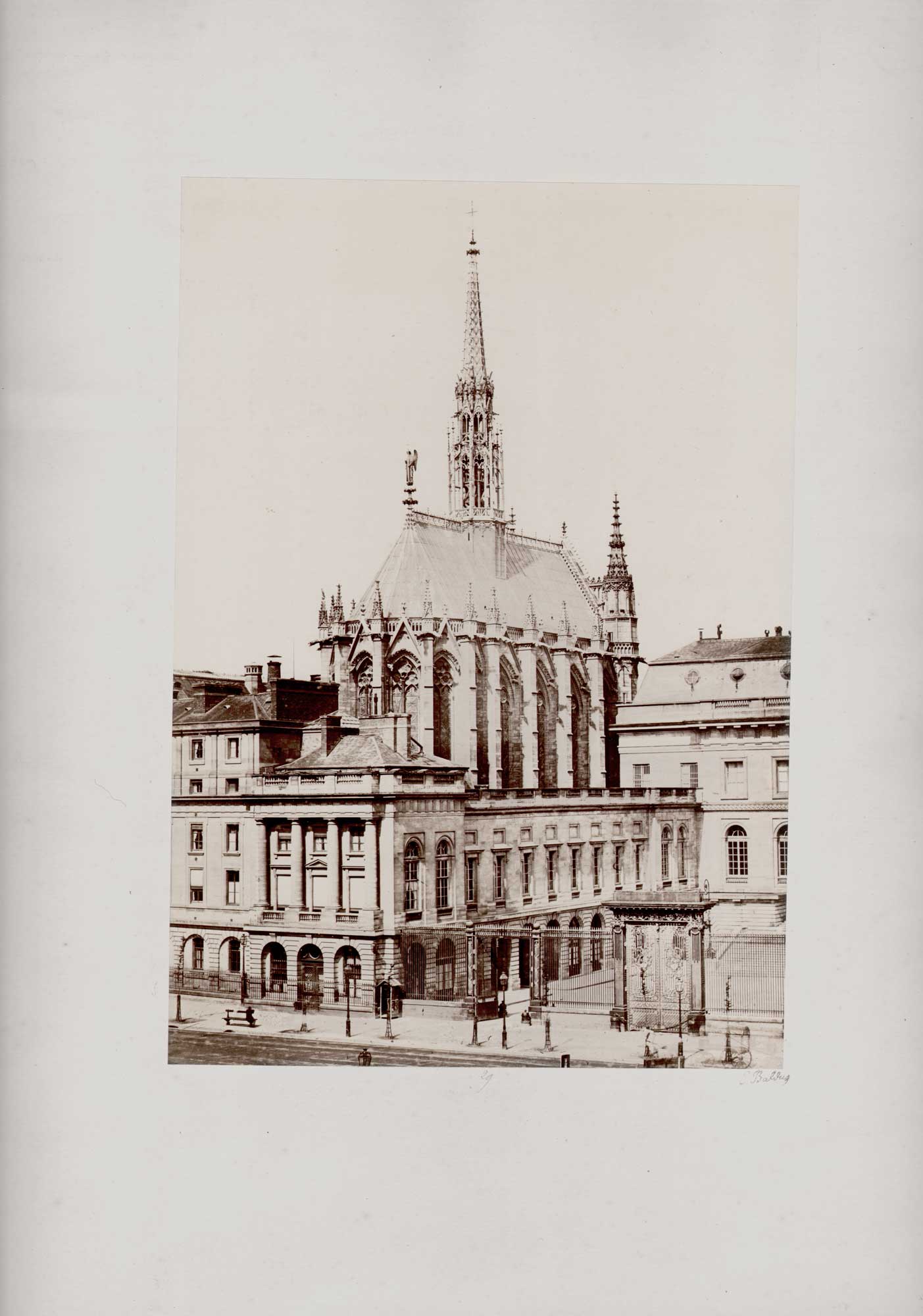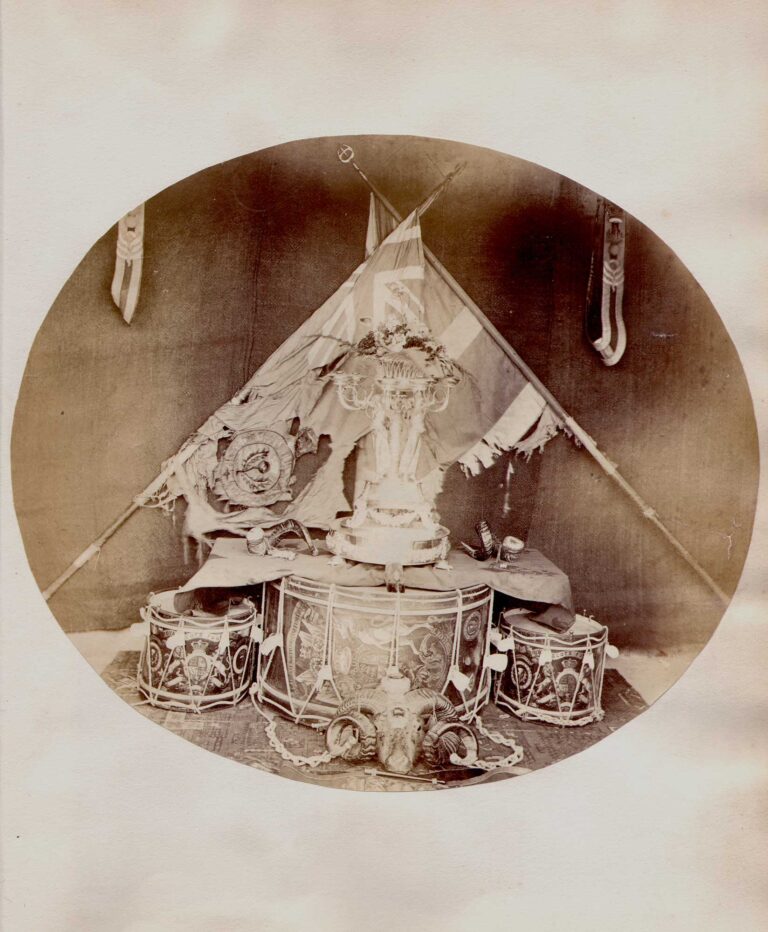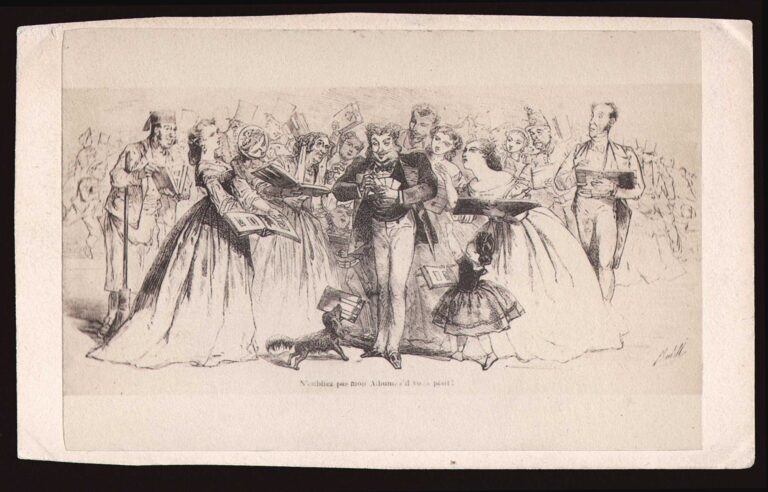
Sainte Chapelle (No. 29)
The Sainte-Chapelle (Holy Chapel) is a royal chapel in the Gothic style, within the medieval Palais de la Cité, the residence of the Kings of France until the 14th century, on the Île de la Cité in the River Seine in Paris, France.
Construction began sometime after 1238 and the chapel was consecrated on 26 April 1248. The Sainte-Chapelle is considered among the highest achievements of the Rayonnant period of Gothic architecture. It was commissioned by King Louis IX of France to house his collection of Passion relics, including Christ’s Crown of Thorns – one of the most important relics in medieval Christendom. This was later held in the nearby Notre-Dame Cathedral until the 2019 fire, which it survived. – Wikipedia (2024)
Édouard Baldus: French, born Germany: 1813-1889
The following biography courtesy The Getty Museum, Los Angeles, CA:
“[E]veryone knows [Mr.] Baldus,” a reviewer wrote in 1859. By the mid-1850s, Édouard-Denis Baldus was the most successful photographer in France and at the height of his career. He began as a painter, turning to photography in 1849 when paper negatives were just becoming popular. Throughout much of his life, he listed himself in city directories as peintre photographe (painter photographer), in reference more to his training than to his practice. In 1851 Baldus became one of the forty founding members of the Société Héliographique, the first photographic organization in the world.
Baldus specialized in images of the landscape, architecture, and railways. In 1851 the Commission des Monuments Historiques (Historic Monuments Commission) asked Baldus to document architecture in France. These assignments, which were awarded to several photographers, were called missions héliographiques. In 1855 Baldus received his largest commission to document the construction of the Musée du Louvre.
Photographic enlargements were not yet possible in the 1850s, so Baldus’s photographs were contact prints from negatives as large as 10 x 14 inches. He often joined together several negatives to produce panoramas, creating images on an even grander scale.

